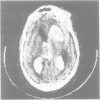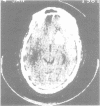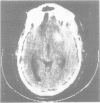Abstract
Of 110 consecutive patients with ruptured intracranial aneurysms, 49 underwent delayed neurological deterioration, involving 57 episodes in all. During the first three weeks after the presenting haemorrhage less than a third of these episodes were due to confirmed rebleeding. Rebleeding episodes were found to have a "flat" distribution in time during this period, but episodes of non-haemorrhagic deterioration "peaked" between days 4-12. This peak coincides with the peak for rebleeding which was described in earlier studies on aneurysms, and it is suggested that confusion between non-haemorrhagic deterioration and rebleeding may have led to a significant over-estimate of the incidence of early rebleeding with important implications for the optimum timing of surgical intervention.
Full text
PDF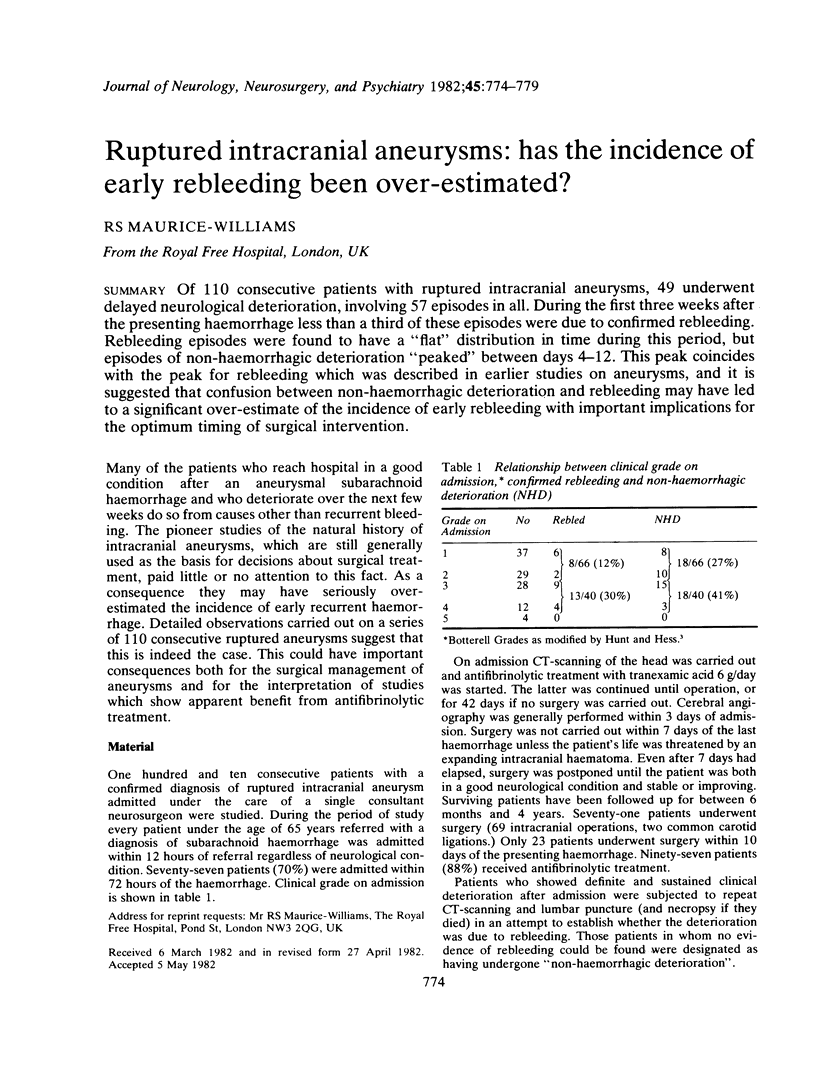
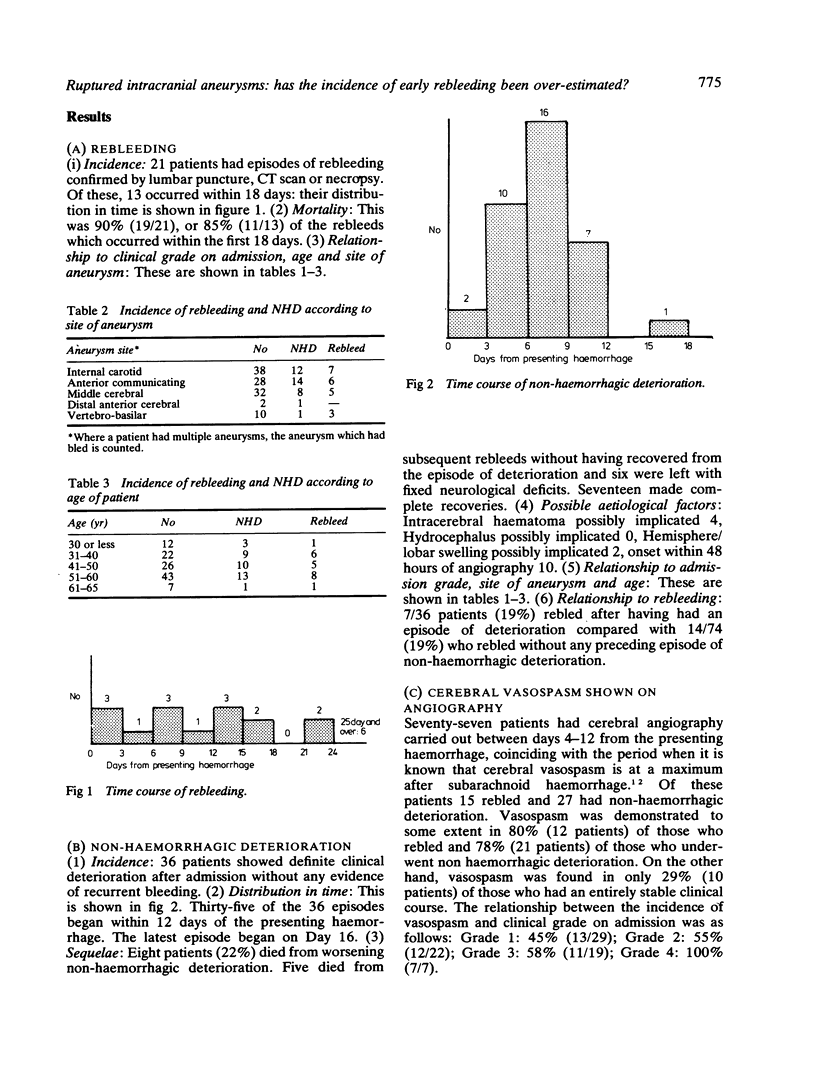
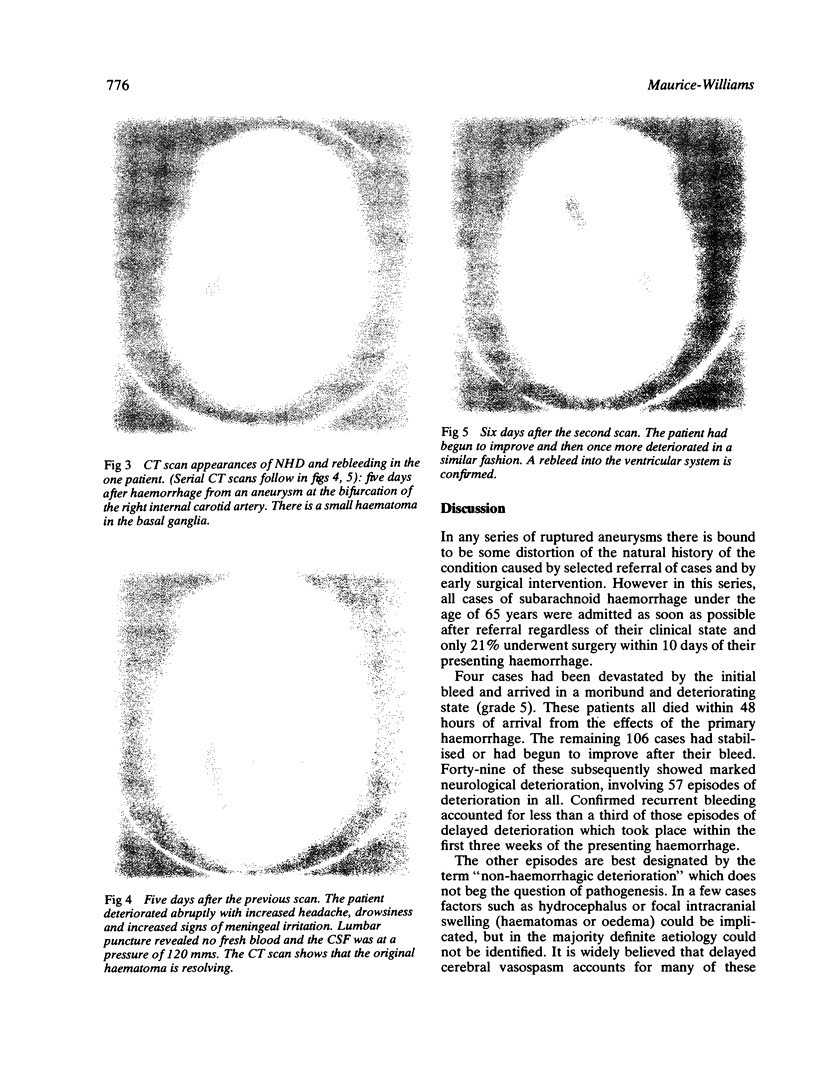
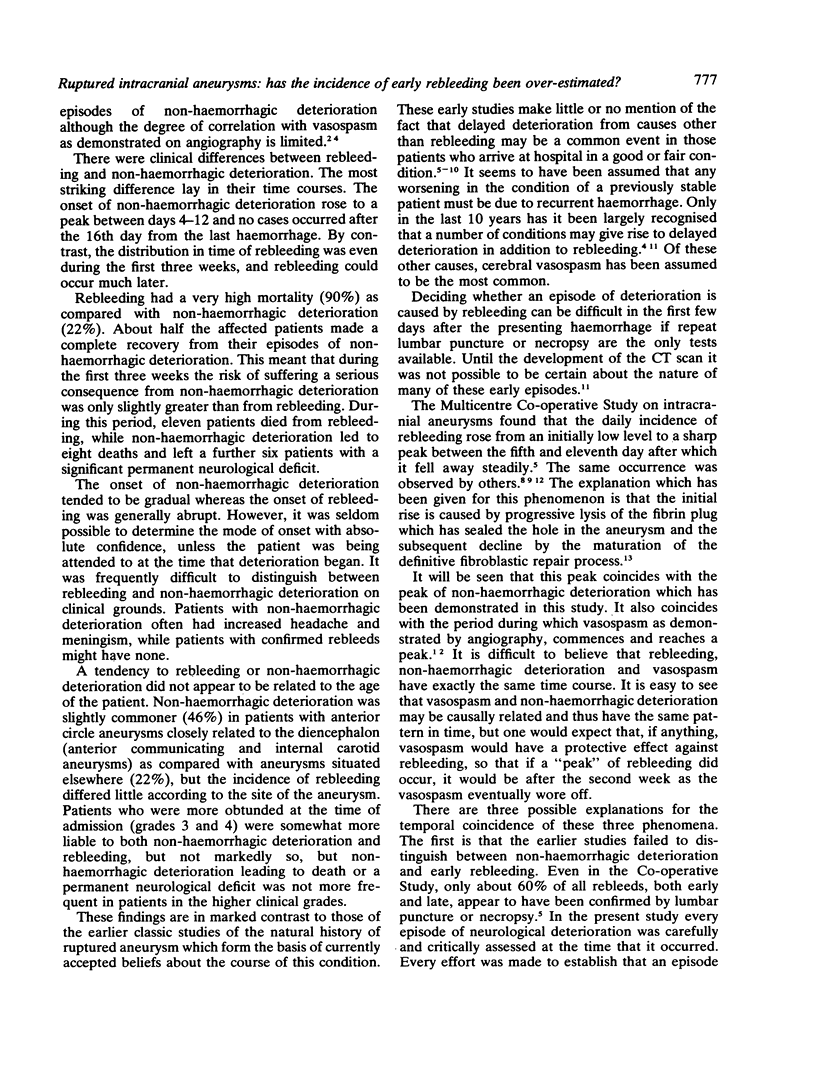
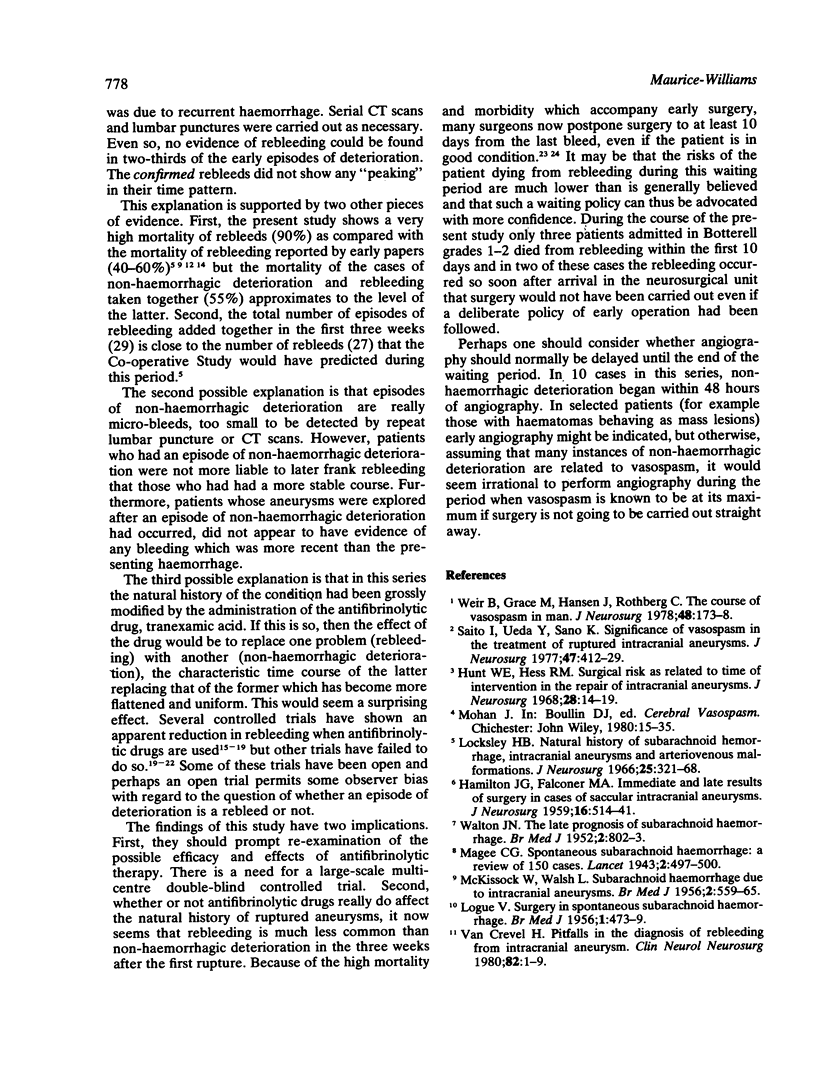
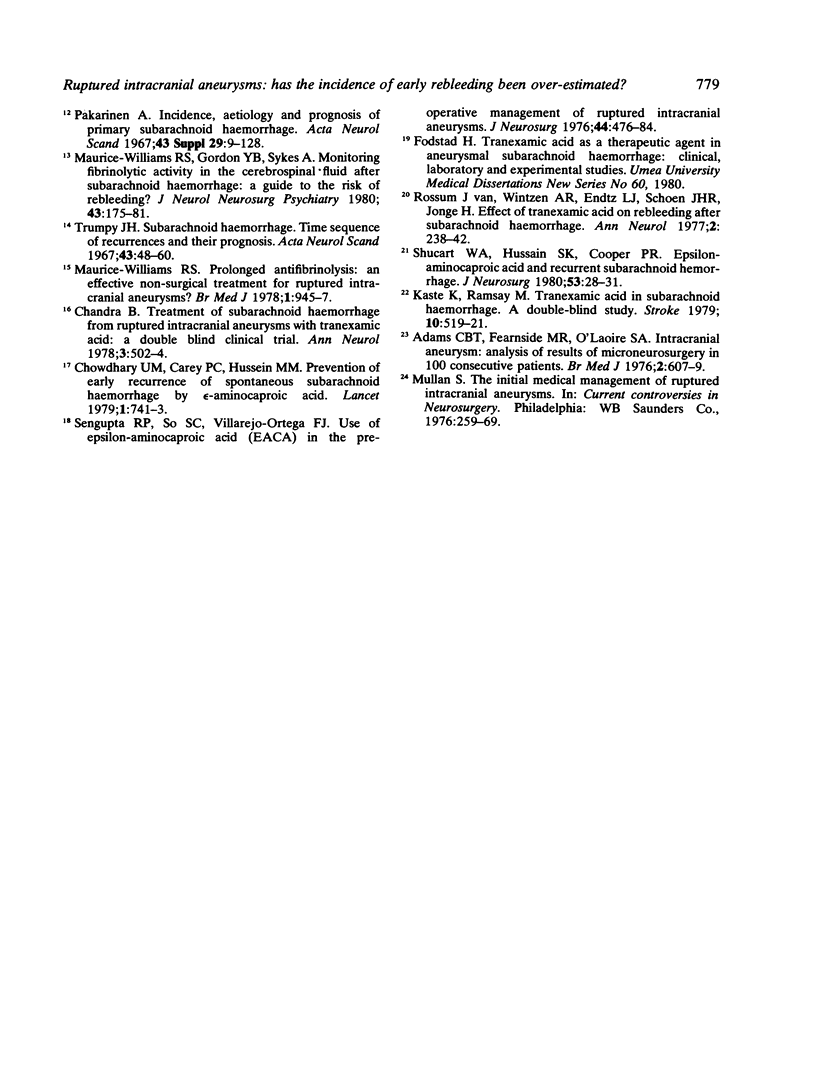
Images in this article
Selected References
These references are in PubMed. This may not be the complete list of references from this article.
- Adams C. B., Loach A. B., O'laoire S. A. Intracranial aneurysms: analysis of results of microneurosurgery. Br Med J. 1976 Sep 11;2(6036):607–609. doi: 10.1136/bmj.2.6036.607. [DOI] [PMC free article] [PubMed] [Google Scholar]
- Chandra B. Treatment of subarachnoid hemorrhage from ruptured intracranial aneurysm with tranexamic acid: a double-blind clinical trial. Ann Neurol. 1978 Jun;3(6):502–504. doi: 10.1002/ana.410030607. [DOI] [PubMed] [Google Scholar]
- Chowdhary U. M., Carey P. C., Hussein M. M. Prevention of early recurrence of spontaneous subarachnoid haemorrhage by epsilon-aminocaproic acid. Lancet. 1979 Apr 7;1(8119):741–743. doi: 10.1016/s0140-6736(79)91204-2. [DOI] [PubMed] [Google Scholar]
- HAMILTON J. G., FALCONER M. A. Immediate and late results of surgery in cases of saccular intracranial aneurysms. J Neurosurg. 1959 Sep;16:514–541. doi: 10.3171/jns.1959.16.5.0514. [DOI] [PubMed] [Google Scholar]
- Hunt W. E., Hess R. M. Surgical risk as related to time of intervention in the repair of intracranial aneurysms. J Neurosurg. 1968 Jan;28(1):14–20. doi: 10.3171/jns.1968.28.1.0014. [DOI] [PubMed] [Google Scholar]
- Kaste M., Ramsay M. Tranexamic acid in subarachnoid hemorrhage. A double-blind study. Stroke. 1979 Sep-Oct;10(5):519–522. doi: 10.1161/01.str.10.5.519. [DOI] [PubMed] [Google Scholar]
- Locksley H. B. Natural history of subarachnoid hemorrhage, intracranial aneurysms and arteriovenous malformations. J Neurosurg. 1966 Sep;25(3):321–368. doi: 10.3171/jns.1966.25.3.0321. [DOI] [PubMed] [Google Scholar]
- MCKISSOCK W., WALSH L. Subarachnoid haemorrhage due to intracranial aneurysms; results of treatment of 249 verified cases. Br Med J. 1956 Sep 8;2(4992):559–565. doi: 10.1136/bmj.2.4992.559. [DOI] [PMC free article] [PubMed] [Google Scholar]
- Maurice-Williams R. S., Gordon Y. B., Sykes A. Monitoring fibrinolytic activity in the cerebrospinal fluid after aneurysmal subarachnoid haemorrhage: a guide to the risk of rebleeding? J Neurol Neurosurg Psychiatry. 1980 Feb;43(2):175–181. doi: 10.1136/jnnp.43.2.175. [DOI] [PMC free article] [PubMed] [Google Scholar]
- Maurice-Williams R. S. Prolonged antifibrinolysis: an effective non-surgical treatment for ruptured intracranial aneurysms? Br Med J. 1978 Apr 15;1(6118):945–947. doi: 10.1136/bmj.1.6118.945. [DOI] [PMC free article] [PubMed] [Google Scholar]
- Saito I., Ueda Y., Sano K. Significance of vasospasm in the treatment of ruptured intracranial aneurysms. J Neurosurg. 1977 Sep;47(3):412–429. doi: 10.3171/jns.1977.47.3.0412. [DOI] [PubMed] [Google Scholar]
- Shucart W. A., Hussain S. K., Cooper P. R. Epsilon-aminocaproic acid and recurrent subarachnoid hemorrhage: a clinical trial. J Neurosurg. 1980 Jul;53(1):28–31. doi: 10.3171/jns.1980.53.1.0028. [DOI] [PubMed] [Google Scholar]
- Trumpy J. H. Subarachnoid haemorrhage. Time sequence of recurrences and their prognosis. Acta Neurol Scand. 1967;43(1):48–60. doi: 10.1111/j.1600-0404.1967.tb05717.x. [DOI] [PubMed] [Google Scholar]
- WALTON J. N. The late prognosis of subarachnoid haemorrhage. Br Med J. 1952 Oct 11;2(4788):802–808. doi: 10.1136/bmj.2.4788.802. [DOI] [PMC free article] [PubMed] [Google Scholar]
- Weir B., Grace M., Hansen J., Rothberg C. Time course of vasospasm in man. J Neurosurg. 1978 Feb;48(2):173–178. doi: 10.3171/jns.1978.48.2.0173. [DOI] [PubMed] [Google Scholar]
- van Crevel H. Pitfalls in the diagnosis of rebleeding from intracranial aneurysm. Clin Neurol Neurosurg. 1980;82(1):1–9. doi: 10.1016/0303-8467(80)90053-0. [DOI] [PubMed] [Google Scholar]
- van Rossum J., Wintzen A. R., Endtz L. J., Schoen J. H., de Jonge H. Effect of tranexamic acid on rebleeding after subarachnoid hemorrhage: a double-blind controlled clinical trial. Ann Neurol. 1977 Sep;2(3):238–242. doi: 10.1002/ana.410020310. [DOI] [PubMed] [Google Scholar]



